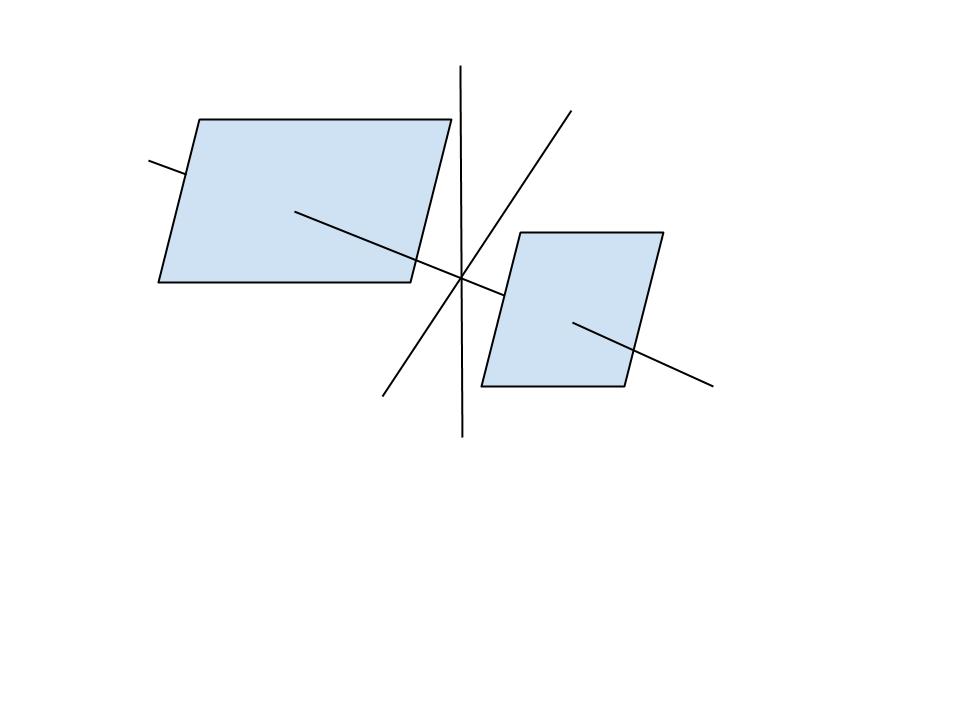I am doing research on the hitting probability of various sets (eg. 3D convex) and specifically how changes in perimeter/surface area change the hitting probability.
By hitting probability I mean $P(B[0,t]\cap A\neq \varnothing$ for some t).
Say we have two bounded planes in $\mathbb{R}^{3}$, one with greater surface area than the other and equidistant from the origin. Then given a brownian motion starting from the origin, I want to get the hitting probability of each plane.

I suppose the larger surface area plane will have a great hitting probability. But what would be a rigorous way of proving that?
My attempt so far is to work with the Brownian motion coordinates and define stopping times.
Also, can you provide some books/papers that expose Brownian motion and surface area for more general sets?
Thnx
